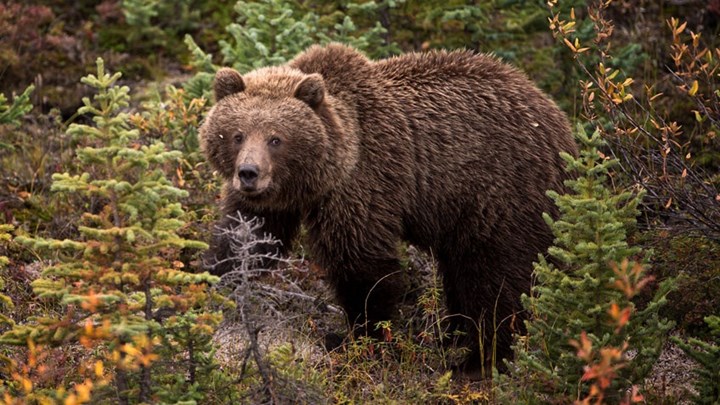
by By Karen Mehall Phillips - Sunday, September 16, 2018

Grizzly bears remain a hot-button issue for America’s hunter-conservationists as animal rights extremists work to shut down the regulated hunting of the species’ fully-recovered populations in the Greater Yellowstone Ecosystem (GYE). On Aug. 31—a day before the start of Wyoming’s first grizzly bear hunt in decades—NRAHLF.org reported that U.S. District Court Judge Dana Christensen put the hunts on hold for two weeks.
Why? To consider animal rights extremist groups’ demands to restore the bears’ federal protections—despite that in 2017 the Department of Interior (DOI) announced that populations had recovered and were being removed from Endangered Species Act (ESA) protections. On Sept. 13, as Christensen’s two-week delay was coming to an end, he issued another temporary restraining order to further evaluate the scenario, postponing the hunt for two more weeks.
Commenting on his decision, Judge Christensen said that allowing the bears to be killed “would cause irreparable injury” to those who seek to protect them. On the other hand, what about the increasing reports of human-bear conflicts and the bears’ ongoing attacks on area livestock?
As the NRA and like-minded hunter-backed groups await the judge’s decision, the NRA remains opposed to the two-week extension. The DOI’s U.S. Fish and Wildlife Service and the three GYE states—Wyoming, Idaho and Montana—have filed formal oppositions, which the NRA supports.
Now for the irony of this situation: Such finagling by animal rights extremists is happening at a time when anyone who cares about animal welfare should be touting that GYE’s grizzly bear populations have recovered. Isn’t this the goal of providing species ESA protections in the first place? Being removed from the list shows that this iconic species of the West is thriving—and that is wonderful news.
For background on this issue, in 1975, before ESA protections were put in place, only 1,000 grizzlies were thought to exist in the wild, prompting the introduction of 136 Yellowstone bears to Wyoming, Idaho and Montana. Forty-plus years later, there are 700-plus grizzly bears in and around Yellowstone National Park, never mind elsewhere. Grizzly bears are now so densely populated in the 22,500-mile GYE that they have reached carrying capacity. No wonder the USFWS says they are not threatened.
So now we wait to see what happens next. NRAHLF.org will continue tracking this issue. For more background, the website’s first articles appeared in March 2016 when the DOI’s U.S. Fish and Wildlife Service first proposed delisting the species.
E-mail your comments/questions about this site to:
[email protected]
